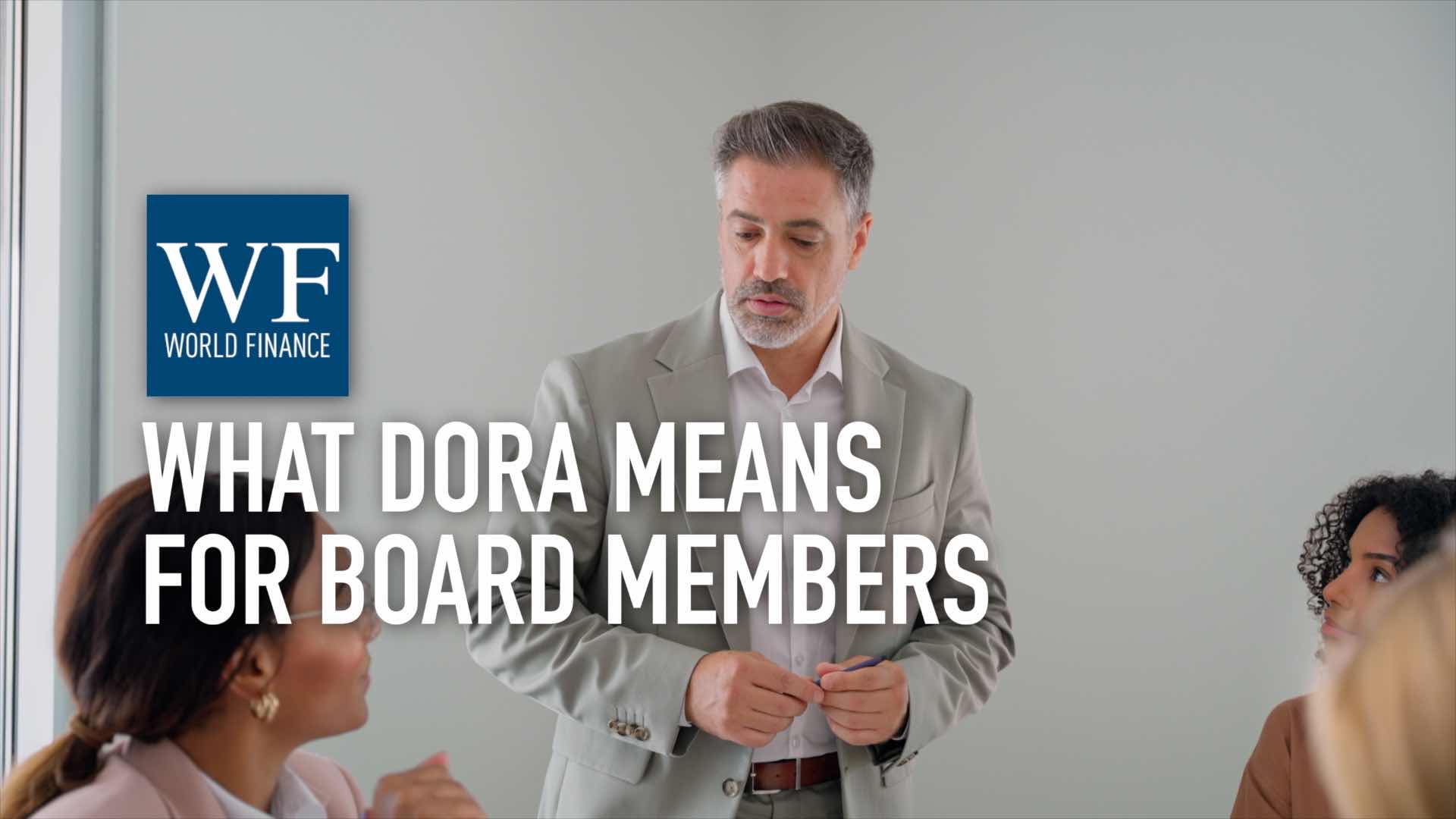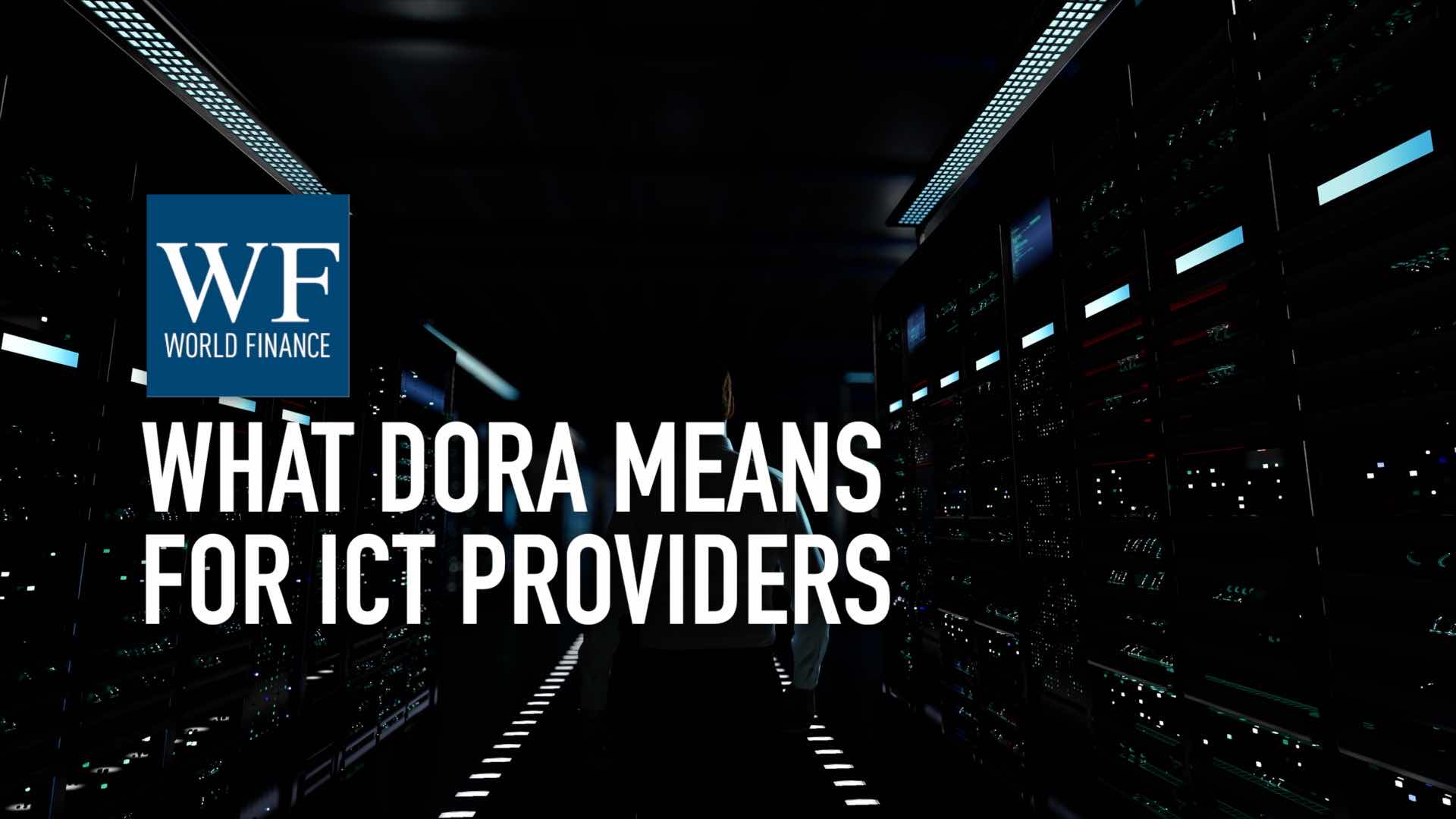Are managed futures the way forward?
Demand is growing for managed futures' "attractive, consistent, and well-correlated returns over time"
Related:
Transcript
Notz Stucki’s Paolo Faraone and CM Capital Markets’ Tomas Saldaña and Manel Sarabia discuss bringing real-time transparency to the managed futures industry.
Demand for managed futures has grown in recent years. Here to tell us about some of these trends: Paolo Faraone, Tomas Saldaña, and Manel Sarabia.
World Finance: Paolo: let’s start with you. Tell me about some of the asset managers you attract.
Paulo Faraone: Well, Notz Stucki was founded in 1964, and is one of the largest independent and most respected wealth management companies in Europe.
We have pioneered the concept of choosing the best asset managers to deliver the best returns, developing tailored solutions for both our private and institutional investors.
To work with us, these managers must satisfy our strict due diligence criteria, including operational risk assessment, on-site visits, and an ongoing monitoring process.
All of this, independently from portfolio management and reporting directly to our chief risk officer.
World Finance: OK; so how important is international expansion to your company?
Paulo Faraone: International expansion is extremely important to us. We are fully equipped for pan-European distribution.
For instance, Notz Stucki Europe was the first management company in Luxembourg to be granted both the UCITS and the IFM Extended licences, enabling us to offer specific bespoke services to our private and institutional investors.
For instance, being a one-stop shop for fund engineering, EU distribution, and a robust risk management framework.
World Finance: And so what new products have you introduced since 2010?
Paulo Faraone: We have collaborated with talented asset managers to create several innovative new products – systematic CTAs and long-short funds – as well as expanding the selection of our UCITS IV funds. All these products are really important to us.
We are trying to develop our business beyond our own boundaries, in order to better respond to our clients’ needs. All these innovative new products are helping us to achieve this.
World Finance: So Manel, tell me about how the demand for managed futures has grown in recent years.
Manel Sarabia: Well, professional asset managers know that the most efficient way to improve the profit-risk ratio of a portfolio is through diversification. That is, by carefully introducing new assets with strong fundamentals; but at the same time (and this is the most important factor), with a good correlation with the rest of the portfolio.
Managed futures offer exactly that. And using them allows investors to reduce their exposure to risk, increasing returns, and therefore improving their efficiency.
In these well-diversified portfolios, managed futures offer an attractive, consistent, and well-correlated return over time, and I think probably that’s the main reason why they have grown significantly over the last decade.
World Finance: So how do you rate your CTA?
Manel Sarabia: Well: as for the results, we are reasonably pleased, because in relative terms, Capitrade is always among the best funds in its class. And in absolute terms, since our inception in May 2008, we have achieved an annualised return of over 12.5 percent.
On the other hand, it’s also important to highlight that our worst year during that period was only -2.17 percent. And I think that it shows the ability of the fund to preserve capital, even in adverse times.
World Finance: So Tomas, what is the difference between the Capitrade CTA and other solutions available?
Tomas Saldaña: It’s difficult to answer this question without analysing what our competitors are doing, as we don’t have enough data to do that.
But the key factor is to have a team – and we have it – with the talent to find the right combination of strategies, to control simultaneously the risk and correlation between the assets in real time, and to continuously improve the model. But maintaining a very sceptical attitude to any possible improvement.
However, if we speak about the main difference, it is transparency. We offer in a website to investors, in real time, all the information about the fund. And this is something our competitors are not doing at the moment.
World Finance: So Manel, generally speaking, what is the management model for your CTA?
Manel Sarabia: We are trend followers; the model has a systematic approach. It is 100 percent automated, and offers daily liquidity.
Diversification is an important factor for us, and the model is designed to invest in the most important sectors of the economy: global stocks, interest rates, energies, currencies, metals, softs, grains, and meats.
The fund only invests in futures markets – electronic-organised futures markets – with high liquidity levels.
Regarding strategies, we use short, medium and long-term strategies; and the fund takes and changes positions gradually, from long to short and vice versa, depending on the current trends.
Finally, risk control is an essential part of the model. We want to keep the volatility of the fund within a very narrow range – between 13 and 17, and our goal is 15. And for that reason, all the processes that we previously mentioned are subject to that target.
World Finance: So tell me more about your investment process.
Manel Sarabia: As for the investment process, the key word is neutral.
It is neutral because we all know that markets will provide us with trends; but we don’t know when, and we don’t know where.
Therefore, our asset allocation in terms of risk should be as neutral as possible. And for that reason, when we have to determine a position in a specific market, we need to consider three very important factors.
The first one is the signal strength – that is, the position of the strategies. The second one is the volatility of the market when we’re going to change our position. And the third one is the correlation of that market, relative with other markets.
Whenever one of the more than 700 strategies that we have implemented in our platform changes its positions, immediately the platform calculates these three factors, and launches orders to the market, adapting to the current market situation.
World Finance: So, tell me about your ambitions for the future of your companies. Tomas, let’s start with you.
Tomas Saldaña: At CM Capital Markets, we wish to continue growing in assets under management, and developing new quantitative, 100 percent automated models, using the technology and knowledge we’ve developed in the Capitrade CTA.
In fact, in the next few months we will launch a new fund that is currently in managed account format. It is a smart beta that invests in European equities, adding a hedge with derivatives that will reduce the risk in case of adverse events. We hope it will be as successful as the Capitrade CTA.
World Finance: And Paolo?
Paulo Faraone: Well: globally, Notz Stucki will continue to allocate itself as an asset allocator, with an eye for selecting talented asset managers who share our values.
Besides increasing our presence in Europe and in Switzerland, we will keep on exploring for new opportunities in growing markets. We can take advantage from our size, international presence, and our fully regulated organisation, in order to support our strategy.
Our European private client base remains the key focus for Notz Stucki. Being the first management company in Luxembourg to be granted the dual UCITS and IFM extended licences, and also being EFAMA regulated asset managers, puts us in a commanding position in order to better respond to our client needs.
World Finance: Paolo, Tomas, Manel: thank you.
Paolo Faraone, Tomas Saldaña, and Manel Sarabia: Thank you very much. Thank you.

 What the Digital Operational Resilience Act means for board members and CEOs
What the Digital Operational Resilience Act means for board members and CEOs What the Digital Operational Resilience Act means for third party ICT providers
What the Digital Operational Resilience Act means for third party ICT providers
